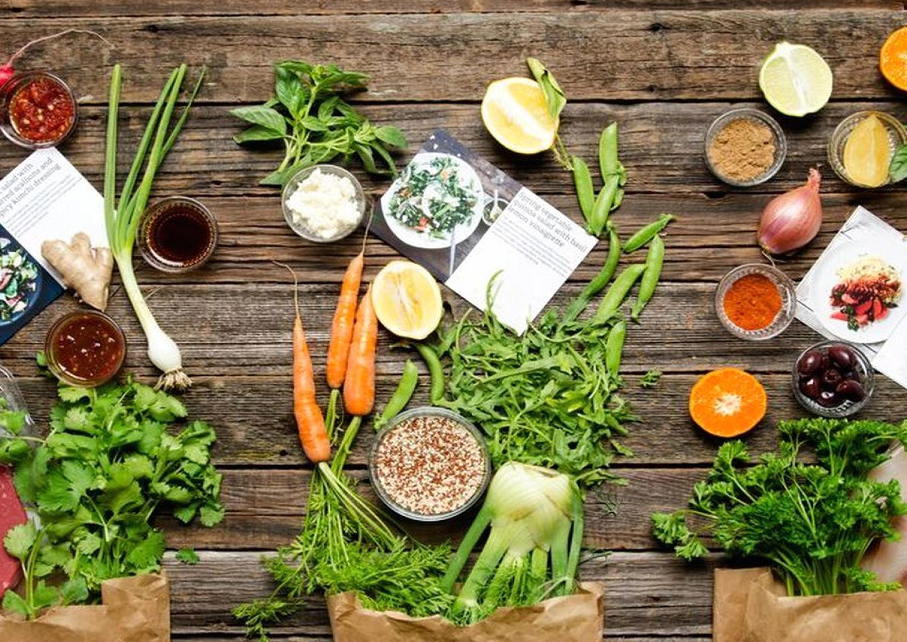
Traditional retailers are garnering big success with a range of in-store meal kit offerings, capitalizing on consumer desires for fast and fresh in addition to the growing popularity of pre-portioned ingredients for complete meal preparations at home. Nielsen conducted a recent analysis of its ‘What’s Cooking’ consumer segmentation to determine which consumers groups are avid meal kit buyers. The analysis found that more than one-fourth (26%) of meal kit users classify themselves as gourmet cooks. Comparatively, only 16% of U.S. consumers consider themselves gourmet cooks, highlighting the notable appeal of meal kits to this consumer segment. On the flip side, 15% of Americans consider themselves frozen foodies, yet only 9% of frozen food consumers are meal kit users.
What meal kit buyers are looking for
Digging into to what meal kit buyers look for in the offerings they purchase, almost 60% say value for the money is extremely important, and almost half (49%) say low-cost items are important. In terms of what they experience across the meal kit landscape, 56% of consumers disagree that meal kit services are affordable for everyone. For retailers and pure-play meal kit providers alike, this insight suggests that they need to clearly articulate the value their offerings provide when pitted against traditional options. As retailers look at the potential in the meal kit space, they will need to understand the attributes that customers look for and develop offerings that clearly highlight the value they offer when compared against more traditional offerings.
Meal kits sales
In the year ended 2017 in-store meal kits generated $154.6 million in sales, posting growth of more than 26% year-over-year. For context, total brick-and-mortar sales for center store edibles (grocery, dairy, frozen foods) dipped 0.1% last year to $374 billion. Overall, 9% of Americans say they’ve purchased a meal kit in the last six months—that’s 10.5 million households. What’s more, 25% of consumers say they would consider trying a meal kit in the next six months—that’s more than 30 million households.
Channel options
Of the 9% of Americans who have tried a meal kit, 6% have purchased exclusively online. And as a result, online meal kit companies are seeing tremendous growth. In looking at the various food channel options consumers have to choose from, sales across the mature options, such as restaurants and traditional food outlets, have trended in line with one another over the past two years. Some of the newer options, meal kits, digital delivery and e-grocery, are bucking the norms, with pure-play meal kits garnering 3x the growth of all other channels.
